Student Blog
What are OS/OT?
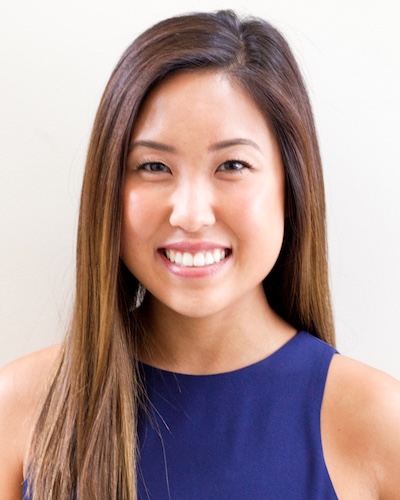
Hawaii Nei ⟩
September 15, 2015, by Jodie
Fieldwork What are OS/OT?
Aloha lovely readers!
As I mentioned in my first blog, this blog will be entirely devoted to my first Level II fieldwork experience in Oahu, Hawaii this past summer. During our program, students are required to complete three Level I fieldwork rotations, which are one time a week for 12 weeks throughout the semester, as well as two Level II fieldworks, which are full-time for 12 weeks in the summer. I had the amazing opportunity to complete my Level II fieldwork at Queen’s Medical Center in the heart of Honolulu. This was an acute, inpatient hospital setting where I primarily worked with adults and older adults in the orthopedic & spine unit. This fieldwork experience provided me with such an immense amount of knowledge regarding all aspects of rehabilitation within an acute inpatient hospital setting. My clinical instructor provided me with an insurmountable amount of mentorship and was the most wonderful role model during my time at Queen’s Medical Center. I left this fieldwork experience feeling much more confident in my capabilities of performing as an entry-level occupational therapy practitioner within an acute inpatient hospital setting.
Once again, here is a snapshot of my time spent in Hawaii this past summer!
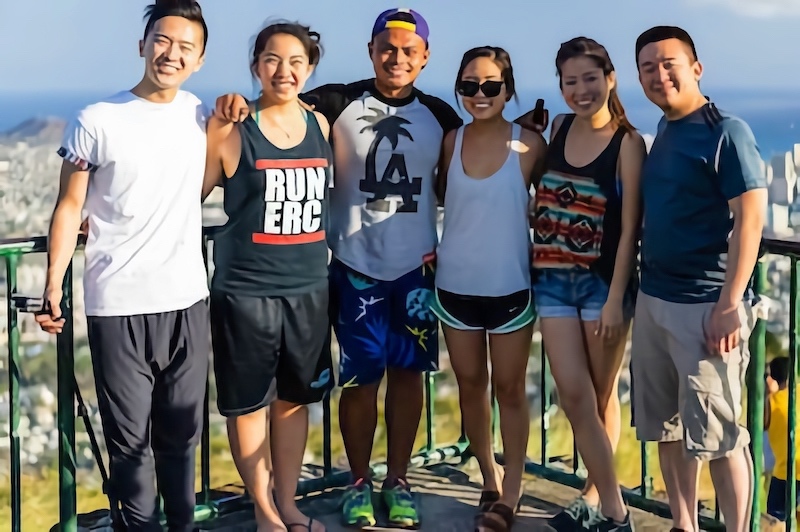
My fellow USC OT classmates who also completed their Level 2 fieldworks at various sites throughout Oahu!
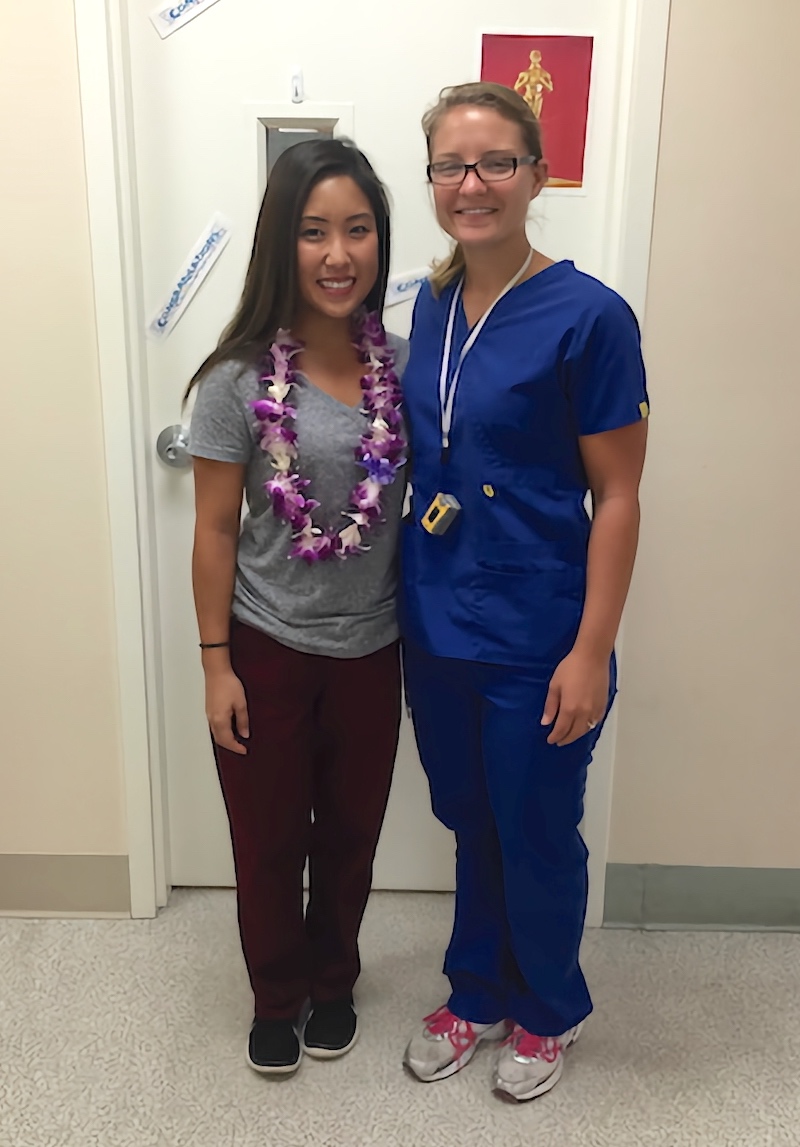
My wonderful clinical instructor and I during my last week of fieldwork!

Two of my favorite occupations in one picture: eating and going to the beach!
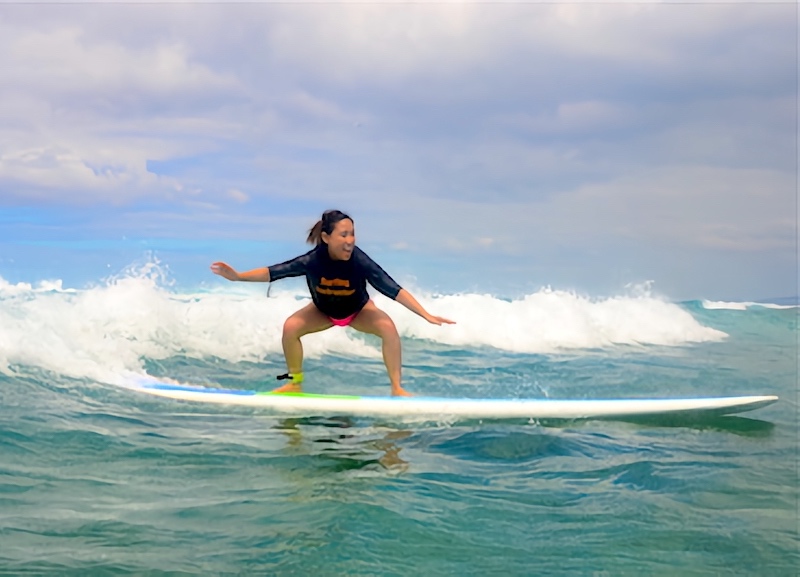
I was also able to try a new occupation during my time in Hawaii . . . surfing!
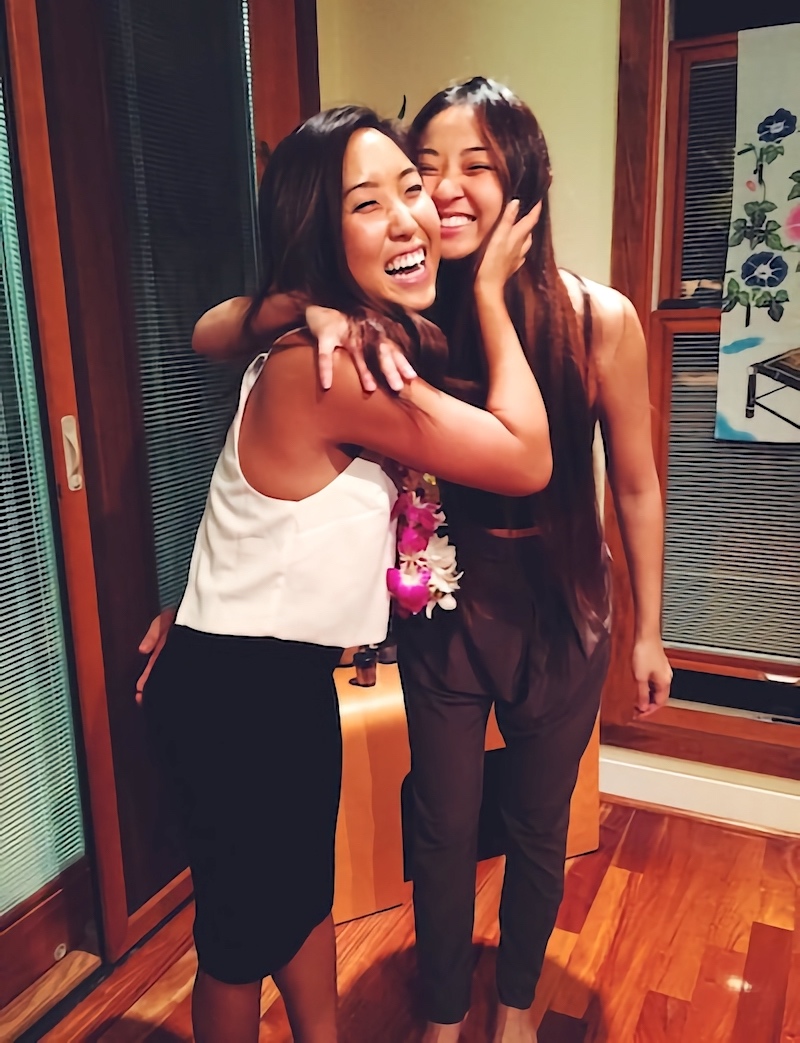
And my best friend flew all the way from LA to surprise me for my birthday!
Well, that wraps it up for this blog about my Level II fieldwork experience. I hope you enjoyed it! Stay tuned for my next blog. 😊
⋯

Changing Careers for OT ⟩
September 10, 2015, by Joe
What are OS/OT?
Hello beautiful people! Sticking with the years long tradition of student ambassadors sharing their “how I found OT” stories, here goes mine.
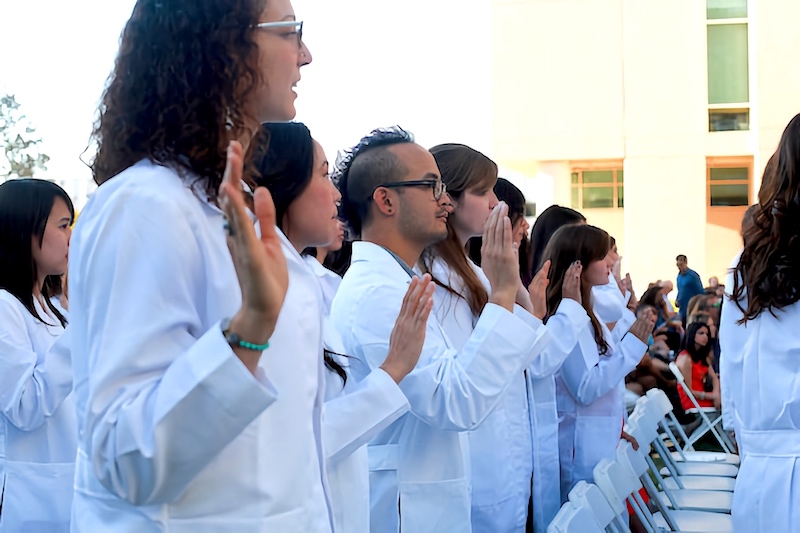
Back to the beginning: White Coat Ceremony 2014
Before finding OT, I was nearly a decade into a career in higher education, pursuing 2 additional bachelor’s degrees part-time, and highly involved with a wide variety of “meaningful activities” from mixed martial arts to dance, knitting to interactive media.
As a non-traditional student, my interest and preparation for the field were the result of a long journey of self-discovery and necessary exposure. Academically, I explored the mind-body connection through studies in language acquisition, moral philosophy, and kinesiology with practice in athletics and dance training. Professionally, my life revolved around helping people through academic advising, mentoring, coaching and teaching. Without knowing about the OT field, I inadvertently developed broad interests & knowledge in biomechanics, functional movement, mobility and nutrition, but also in psychophysiology of emotion, creative expression and learning. As a dancer and artist, I developed strong abilities in analyzing and correcting movement differences, as well as in adapting movements to suit individual challenges. In teaching dance, I focused on self-expression and creative development, which my dancers found cathartic, giving them a venue for emotional expression and leading them holistically to greater emotional stability.
As an academic advisor with USC undergraduate & graduate programs, I worked with domestic and international students, students with families, non-traditional students, and students with various mental or physical challenges, and developed skills and a passion for helping students become more self-reliant and independent by guiding them through a self-selected process of engaging in their education. For me, it was critical that each student develop their own measure of success, and adapt their pursuits towards what they personally value and find most meaningful.
Each of these professional experiences revolved around helping people, but they also felt fragmented. My full-time work as an academic advisor felt both at odds with my part-time roles as student and athlete, and divorced from my continual desire to learn and my passion for human performance. Funny enough, my work as an advisor is what first exposed me to the field of Occupational Therapy, through working with students who were interested in pursuing OT as a career. As I researched OT to better inform myself for my students, I realized that OT would allow me to perfectly synthesize my personal interests and experiences in a meaningful way.
And so far, it’s been absolutely fantastic!
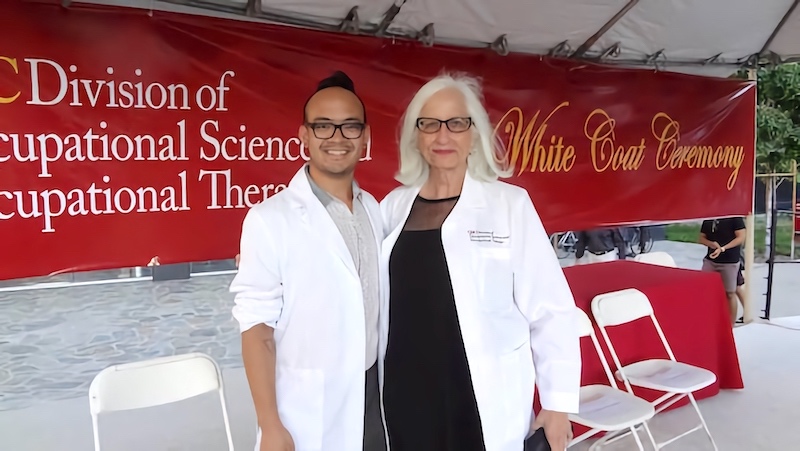
With the eminent Dr. Florence Clark!
⋯
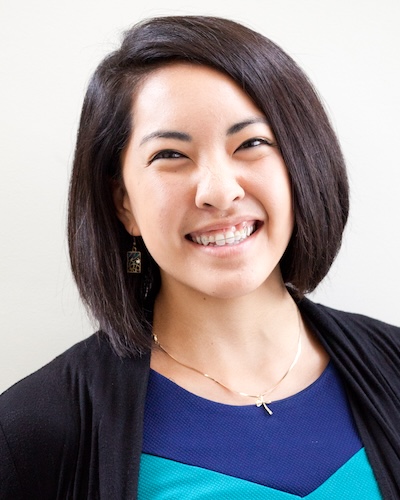
My Career Treasure Hunt ⟩
September 9, 2015, by Rashelle
What are OS/OT?
When I first came to USC I double majored in undecided and undeclared. I scrolled through the USC list of majors, highlighting anything remotely interesting: psychology, human biology, linguistics, cognitive science, environmental studies, philosophy, health and humanities, health promotion and disease prevention. While I found some interest in how human bodies functioned, what captivated me most was how humans reached a state of happiness and fulfillment. Immediately, once viewing the USC occupational therapy website, I fell in love. The holistic yet individualistic nature of OT is what drew me to this profession. Occupational therapy somehow managed to combine all of the majors I had previously considered, while introducing a key element to recovery that I had never thought of before — occupation. The idea of helping people achieve their greatest potential and life satisfaction, simply by creating the opportunity for them to do something they love, fascinated me. Ever since this moment of realization, I have been happier than ever before. I ultimately found the hidden gem that is occupational therapy, which embodies everything I could have ever wanted in a career. I’ve discovered the way, in which I can make a positive difference in lives daily, by encouraging people to live fully, with or without a disability.
Finding occupational therapy amidst the sea of other career paths, was the hard part. However, remaining just as in love with the profession as I was from the start was easy. Every day in this master’s program somehow increases my excitement, strengthens my passions and expands my curiosity to learn more. Now, here are a few pictures that document my never-ending pursuit of happiness, which ultimately helps others to pursue happiness as well!
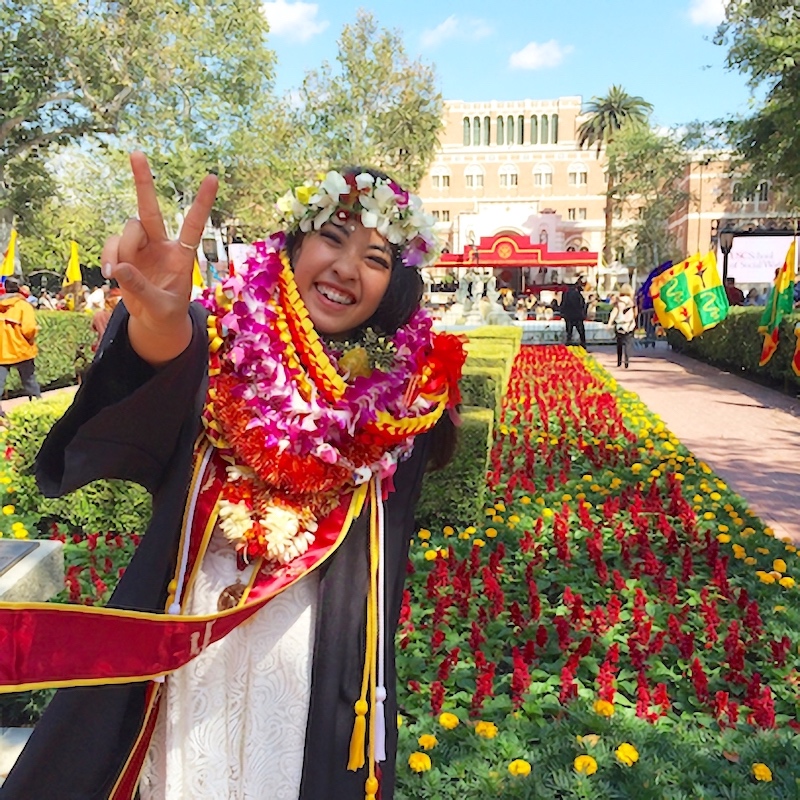
Getting my Bachelor’s degree in Occupational Therapy! USC Graduation 2015, FIGHT ON!
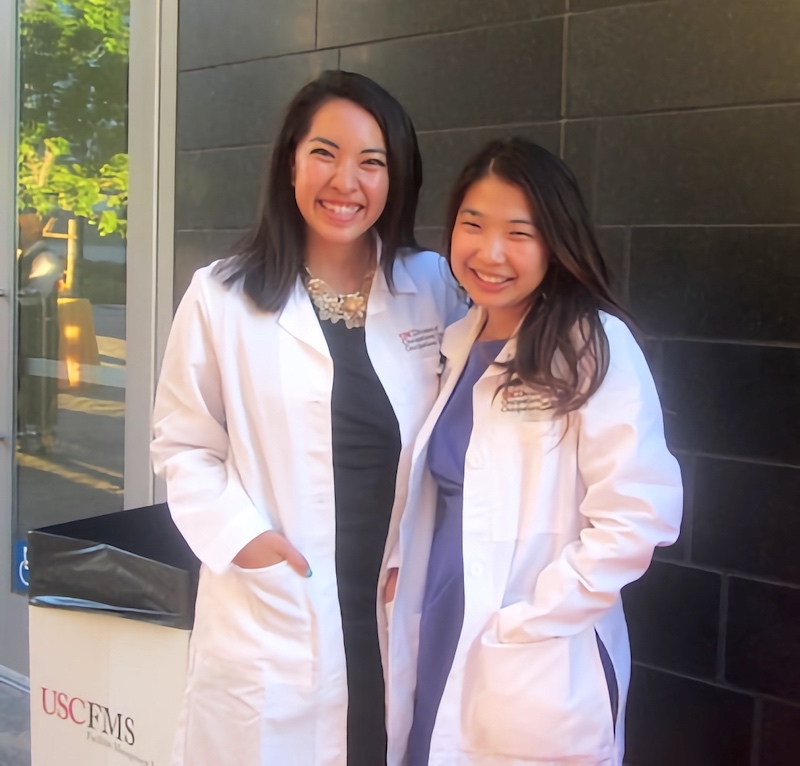
White Coat Ceremony with my favorite study buddy!
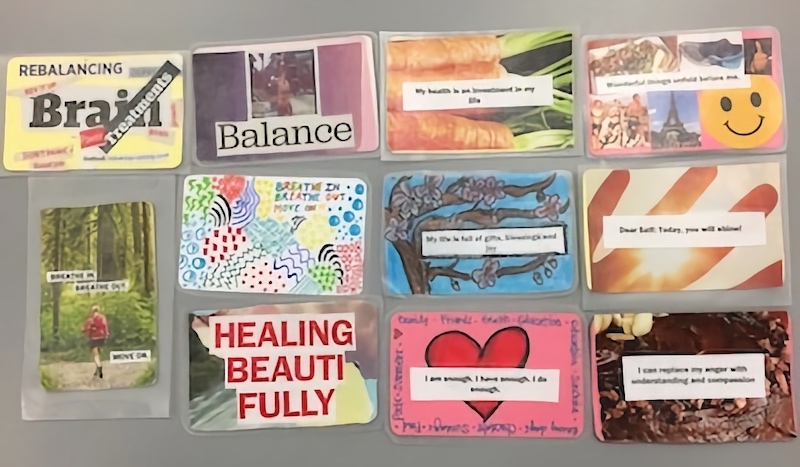
One of my favorite activities to increase self-esteem and encrouage positive health promoting behaviors. It’s hard not to smile with this in your wallet!
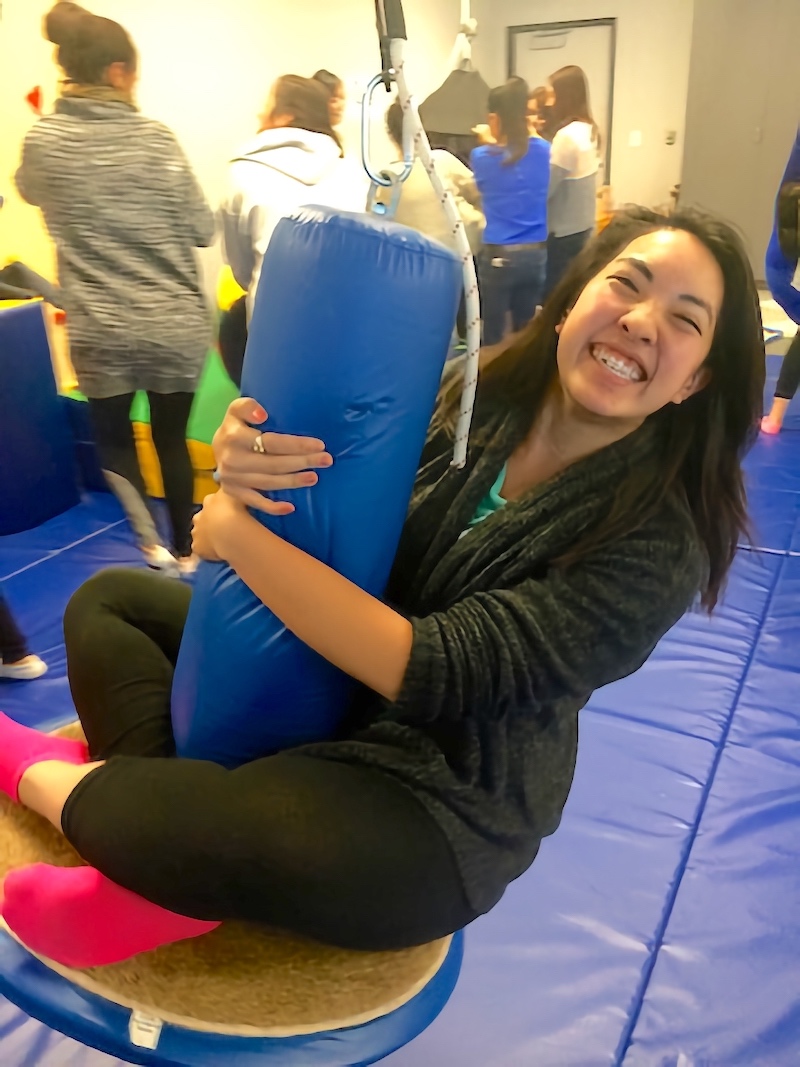
Happy to be learning about sensory integration in USC’s pediatric gym!
⋯

Hello Friends! ⟩
September 9, 2015, by Heather
Getting Involved What are OS/OT?
For my first blog post, I wanted to stick to the student ambassador tradition of telling my “how I found occupational therapy” story.
A long, long time ago, I graduated from UC San Diego with a degree in History, Art History, and a minor in Photography. I had ambitions to become a food photographer and to travel the world to photograph for publications like Bon Appetit. While I endeavored to fulfill this dream, my grandmother suffered from a stroke at home in Santa Barbara.
At the time, I had always liked being in the position of helping others, but this became especially apparent while caring for my Grandma throughout her recovery. In my case it took a crisis to realize an untapped skill that I had. When I first began helping my Grandma, she was receiving inpatient therapy at a rehabilitation hospital. I observed her treatments with several health care professionals, but was most impressed by the work of the occupational therapist. This was my first introduction to occupational therapy. My Grandma’s occupational therapist spent multiple sessions with her every day, helping her regain independence in activities of daily living and remediating her motor control deficits. As I watched the occupational therapist work with her, I learned that the basic tenet of her rehabilitation stemmed from the idea that all activity should be purposeful in her recovery.
I wanted to get involved.
Then, one morning, the occupational therapist asked, “Would you like to do an exercise with your Grandma?” I had been waiting for that question since the moment I arrived. She showed me activities that were tailored to my Grandma’s current cognitive level, which were modified weekly to reflect her improvement. I was overjoyed to be an active participant in my Grandma’s recovery. I was amazed at how her occupational therapist was affecting her recovery in incremental ways, and doing something monumentally important.
Occupational therapy slowly but surely transformed my Grandma. Her sense of self-worth improved and she was able to appreciate a quality of life that seemed lost after the stroke. Active participation in my Grandma’s recovery inspired me to discover more about occupational therapy. I volunteered at a pediatric clinic, Ready Set GO Therapy, and at Laguna Honda Hospital and Rehabilitation Center in San Francisco. I enjoyed my experiences in both clinics tremendously because they offered different insights into the array of care-styles that occupational therapists provide. But most importantly, they both gave me the ability to be a component in the rehabilitation of a patient.
At the pediatric clinic, I gained a better understanding of pediatric occupational therapy, with its focus on sensory integration, motor skills, and rehabilitation that facilitates confidence and healthy development. Whereas, at Laguna Honda Hospital, I was exposed to occupational therapists that treated patients with the effects of stroke, spinal cord injury, traumatic brain injury, and other major traumas. Here, I assisted the occupational therapists with patients with an extraordinary variety of social needs, including homeless people. I learned the importance of comprehensive care and the focus on full community integration. It was unlike any other opportunity I’ve had before because I was able to connect with a forgotten sector of society. Most importantly, my experience taught me, like my experience with helping my Grandma, that empathy, compassion, and sensitivity are necessary characteristics for an occupational therapist to possess.
I have truly united my vocation with my avocation, and I am so thrilled to be on the road to becoming an OT! ☺
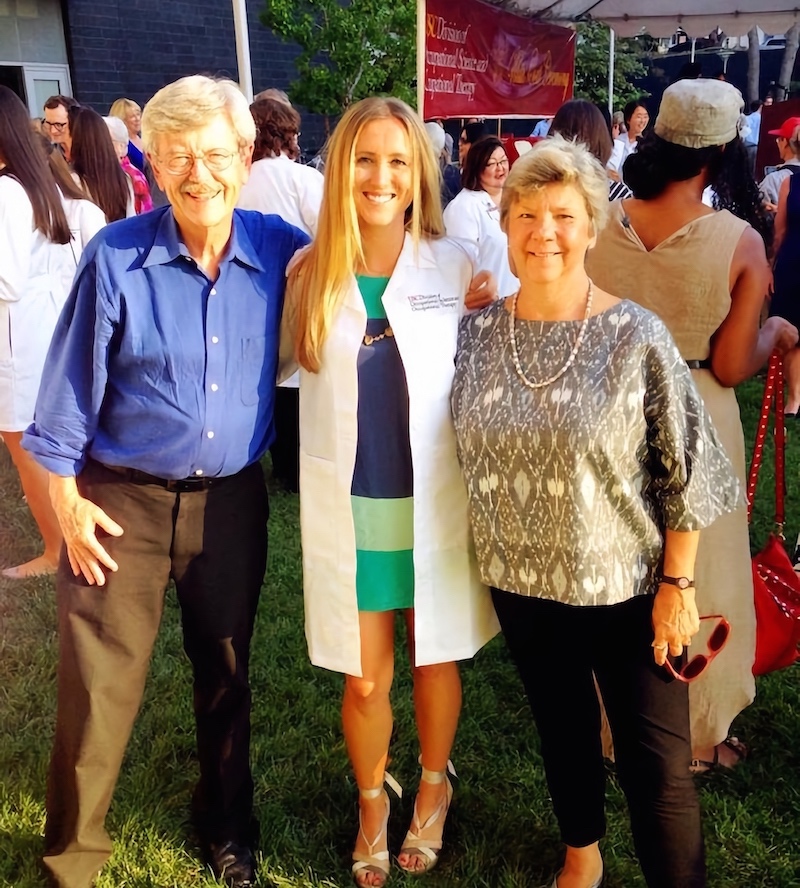
Heather at White Coat Ceremony
⋯

New Beginnings ⟩
September 7, 2015, by Samar
Beginnings and Endings What are OS/OT?
Hello everyone!
Since my last post, I graduated from the post professional master’s program and I’ve become a licensed and registered therapist in the US! Now, I am enrolled in the Occupational Therapy Doctorate (OTD) program and I’m doing my clinical residency at Therapy West to learn more about Sensory Integration and working with children in both clinic-based and school-based settings. Words can’t describe how excited and happy I am! I have been planning to come to USC since 2012 when I took the Sensory Integration Perspective Course offered by the USC Occupational Science and Occupational Therapy and Western Psychological Services. As I was located in Saudi Arabia at the time, moving to Los Angeles and getting accepted at USC required some logistical and financial planning on my part. However, I feel that it was totally worth it! I’m doing what I love, learning something new every day and I’m one step closer to achieving my goal of being certified in sensory integration. More than that, I feel like am at the right place to do so at USC. Stay tuned for more updates!
⋯





